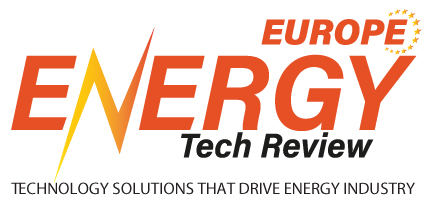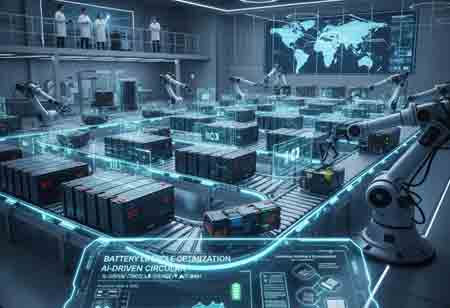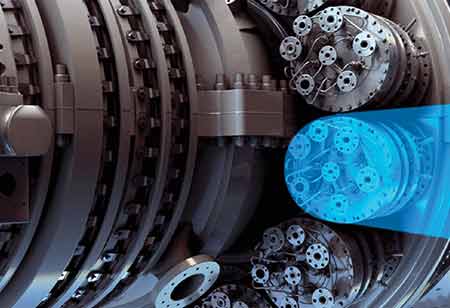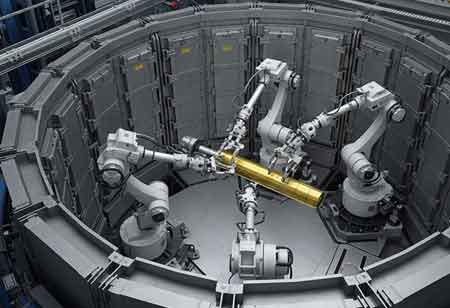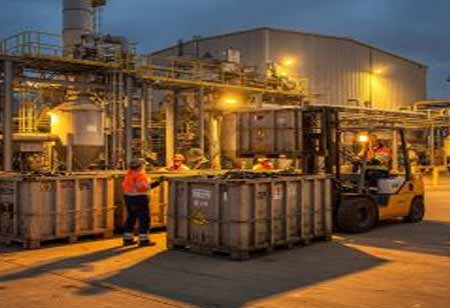CLOSE
Specials
I agree We use cookies on this website to enhance your user experience. By clicking any link on this page you are giving your consent for us to set cookies. More info
Be first to read the latest tech news, Industry Leader's Insights, and CIO interviews of medium and large enterprises exclusively from Energy Tech Review
Thank you for Subscribing
The Emergence of a Virtuous Cycle: Europe's Circular Hydrogen Economy
Europe is embracing a circular hydrogen economy, transforming waste into clean energy, promoting sustainability, reducing its reliance on fossil fuels, and supporting interconnected sectors to achieve a decarbonised future.
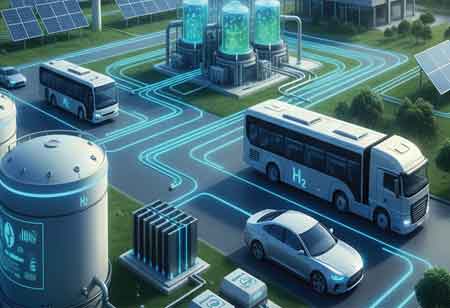
By
Energy Tech Review | Monday, September 29, 2025
Stay ahead of the industry with exclusive feature stories on the top companies, expert insights and the latest news delivered straight to your inbox. Subscribe today.
At the heart of Europe's ambitious green transition, a powerful new paradigm is emerging: the circular hydrogen economy. This transformative model represents a decisive shift away from the linear 'take-make-dispose' industrial systems of the past, moving instead towards an integrated, self-sustaining ecosystem where waste is not an endpoint, but a valuable beginning. By ingeniously linking waste management with clean energy production, Europe is pioneering a future where economic growth, environmental stewardship, and energy resilience are not competing priorities, but interconnected elements of a single, elegant solution. At the core of this revolution is the burgeoning field of waste-to-hydrogen. This technological frontier promises to turn a perennial societal problem into a cornerstone of a decarbonised continent.
This evolving industrial symbiosis reimagines urban and rural landscapes as hubs of resources. Municipal solid waste, non-recyclable plastics, agricultural residues, and even sewage sludge are no longer seen as liabilities requiring costly disposal, but as abundant, localised feedstocks for clean fuel. This perspective is crucial for a continent striving for greater strategic autonomy and energy security. By valorising domestic waste streams, nations can significantly reduce their reliance on imported fossil fuels while simultaneously addressing landfill and pollution issues. The circular hydrogen model, therefore, is not merely an energy strategy; it is a holistic vision for a more efficient, less wasteful, and profoundly more sustainable European society.
From Waste to Wattage: The Technological Alchemy
The conversion of heterogeneous waste materials into high-purity hydrogen is a remarkable achievement in modern engineering, accomplished through a sophisticated suite of technological pathways. These methods are broadly categorised into thermochemical, biological, and other emerging processes, each suited to different types of feedstock and local conditions.
Thermochemical conversion stands as a dominant and mature pathway. Gasification, for instance, involves subjecting carbon-based waste to extremely high temperatures in a controlled-oxygen environment. This process does not burn the waste but instead breaks it down into a synthesis gas, or "syngas"—a mixture rich in hydrogen and carbon monoxide. This syngas is then purified, and through subsequent processes, such as the water-gas shift reaction, the carbon monoxide is reacted with steam to produce additional hydrogen. A related technology, pyrolysis, operates in the complete absence of oxygen, thermally decomposing organic waste into bio-oil, biochar, and a hydrogen-rich syngas. These high-temperature methods are particularly effective for treating drier wastes, such as plastics, wood biomass, and the residual fractions of municipal solid waste.
Complementing these are biological processes, which harness the power of microorganisms to do the heavy lifting. Dark fermentation uses anaerobic bacteria to break down organic matter in the absence of light, directly producing biohydrogen. Similarly, anaerobic digestion, a well-established technology for producing biogas from wet organic waste, such as food scraps and sewage, can be part of a two-step hydrogen production process. The methane-rich biogas it produces can be reformed into hydrogen, creating a valuable collaboration between existing waste treatment infrastructure and the growing hydrogen economy. These biological routes are ideal for valorising the significant organic fraction of Europe's waste streams, turning potential pollutants into a clean energy carrier.
Hydrogen's Role in a Symbiotic Energy System
The true elegance of the circular hydrogen economy lies in its ability to create closed-loop ecosystems that foster unprecedented levels of resource efficiency and sector integration. The hydrogen produced from local waste does not exist in a vacuum; it becomes the vital energy currency that connects disparate sectors, enabling them to decarbonise in tandem.
In the realm of mobility, this creates a perfect virtuous cycle. Hydrogen extracted from municipal waste can power the very fuel cell electric vehicles (FCEVs) that collect that waste, as well as public transport fleets of buses and heavy-duty trucks. This significantly reduces the carbon footprint and air pollution associated with urban logistics and transportation, creating healthier cities that are powered by their own waste.
Within the industry, this circular hydrogen provides a lifeline for hard-to-abate sectors. Steel manufacturing, ammonia production for fertilisers, and chemical refineries can utilise waste-derived hydrogen as a green feedstock and a clean source of high-temperature heat, displacing fossil fuels and embedding circularity deep within Europe’s industrial fabric.
These systems also enhance the stability and resilience of the energy grid. Hydrogen is an exceptional medium for energy storage. During periods of abundant renewable energy generation from wind or solar, the electricity can be utilised to power the waste-to-hydrogen conversion processes. The resulting hydrogen can then be stored for extended periods and converted back into electricity via fuel cells when demand is high or renewable energy output is low. This "sector coupling" provides essential grid-balancing services, accelerating the integration of intermittent renewables and ensuring a stable, decarbonised power supply. The potential also exists to blend this hydrogen into the natural gas network, progressively decarbonising the heating of buildings and homes across the continent.
A Favourable Policy Landscape
A strategic and supportive policy environment at the European level is nurturing this industrial metamorphosis. Recognising hydrogen's critical role in achieving climate neutrality by mid-century, overarching frameworks and directives are creating a fertile ground for investment and innovation. The emphasis on a circular economy, coupled with ambitious decarbonisation targets, provides a clear and compelling mandate.
Regulatory mechanisms are being designed to recognise and incentivise the production of hydrogen from a wide array of non-fossil feedstocks, including waste. Financial instruments and dedicated funding programs are catalysing the development of the necessary infrastructure, from the waste-processing facilities to the hydrogen distribution and refuelling networks. This cohesive and forward-looking policy vision is sending a strong signal to the market, fostering the confidence needed to scale these integrated systems from local pockets of excellence into a continent-wide reality. By championing a regulatory environment that rewards circularity and clean energy, Europe is laying a robust foundation for a self-sufficient and sustainable hydrogen economy.

Copyright © 2025 Energy Tech Review. All rights reserved
